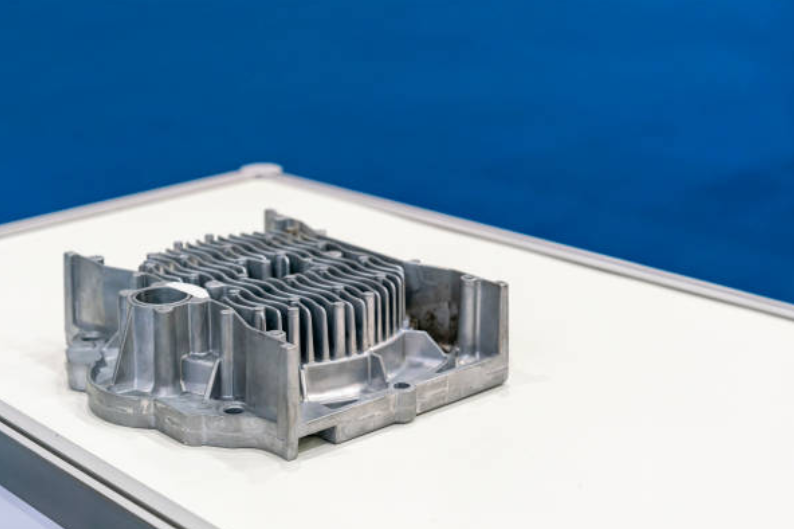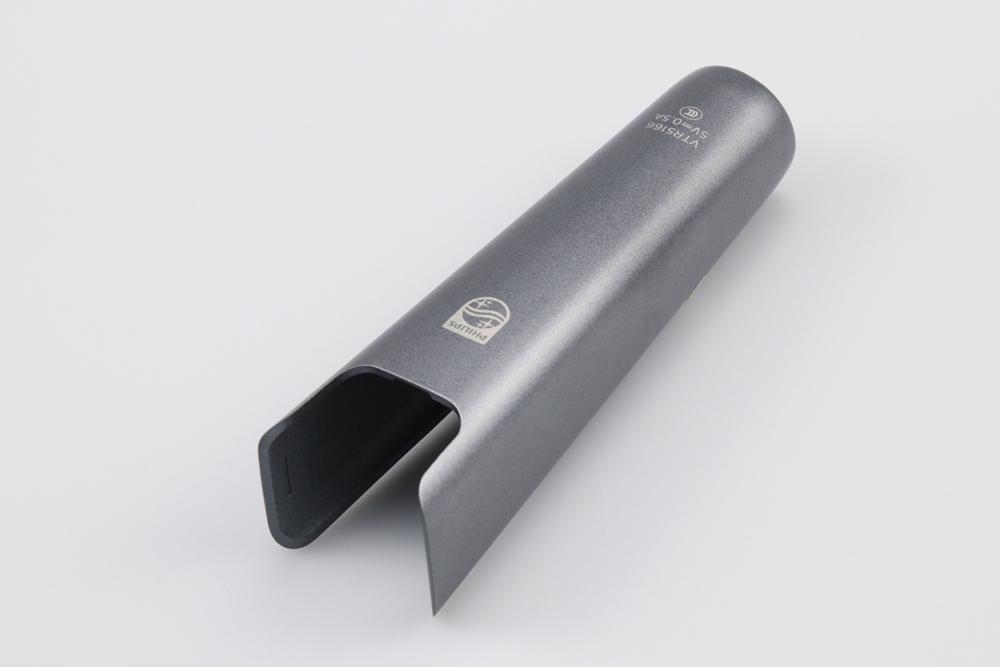What challenges does Zamak die casting typically face?
Introduction
Zamak die casting is widely used for producing complex, high-strength components in industries such as automotive, consumer electronics, and locking systems. While it offers excellent dimensional accuracy and surface finish, several engineering challenges can affect consistency, performance, and cost efficiency throughout the production process.
Common Manufacturing Challenges
1. Porosity and Air Entrapment
During zinc die casting, molten metal can trap air or gases, forming porosity within the part. This defect weakens the structure and complicates surface finishing. Controlling injection pressure, die temperature, and venting paths is crucial to minimizing this issue.
2. Die Wear and Thermal Fatigue
Zamak alloys such as Zamak 3 and Zamak 5 operate at relatively low melting points, but repeated thermal cycling still leads to die cracking or erosion. Employing advanced tooling materials and proper heat treatment extends die life and stabilizes dimensional performance.
3. Dimensional Deformation and Shrinkage
Complex geometries often result in uneven cooling, which can lead to warping or size deviations. Implementing CNC machining prototyping helps verify design feasibility and optimize mold flow before large-scale production.
4. Surface Defects and Post-Processing Needs
Flow lines, cold shuts, or flash can appear on part surfaces, requiring secondary finishing such as polishing or chrome plating. These post-processes not only improve appearance but also enhance corrosion resistance.
5. Alloy Composition Control
Maintaining alloy purity is essential for mechanical consistency. Using certified materials like ACuZinc5, EZAC, or Zamak 7 helps ensure optimal fluidity and wear resistance.
Materials and Their Influence
High-quality zinc alloy grades and stable feedstock minimize defects and tool wear. For applications demanding extra rigidity or fine finishing, copper alloy inserts or hybrid components may be used. In some precision assemblies, combining magnesium alloy with Zamak achieves a balance between weight reduction and strength.
For prototyping or evaluation, 3D printing prototyping with compatible metal powders can simulate Zamak behavior, allowing quick iterations before tooling investment.
Industries and Applications
Zamak die casting plays a pivotal role in sectors requiring tight tolerances and superior finish:
Automotive: door handles, brackets, decorative trim
Consumer electronics: connector housings, device frames
Locking systems: cylinders, cams, precision latches
These components benefit from Zamak’s dimensional stability and ease of plating, although process optimization and rigorous inspection remain essential.
Overcoming the Challenges
Implementing prototyping and simulation before full production reduces risk. Optimizing gating design, refining melt handling, and applying anodizing to cast aluminum or passivating analogs for zinc enhance corrosion protection and service life. Engineers should also perform regular die maintenance and adopt controlled cooling systems to ensure repeatable outcomes.



